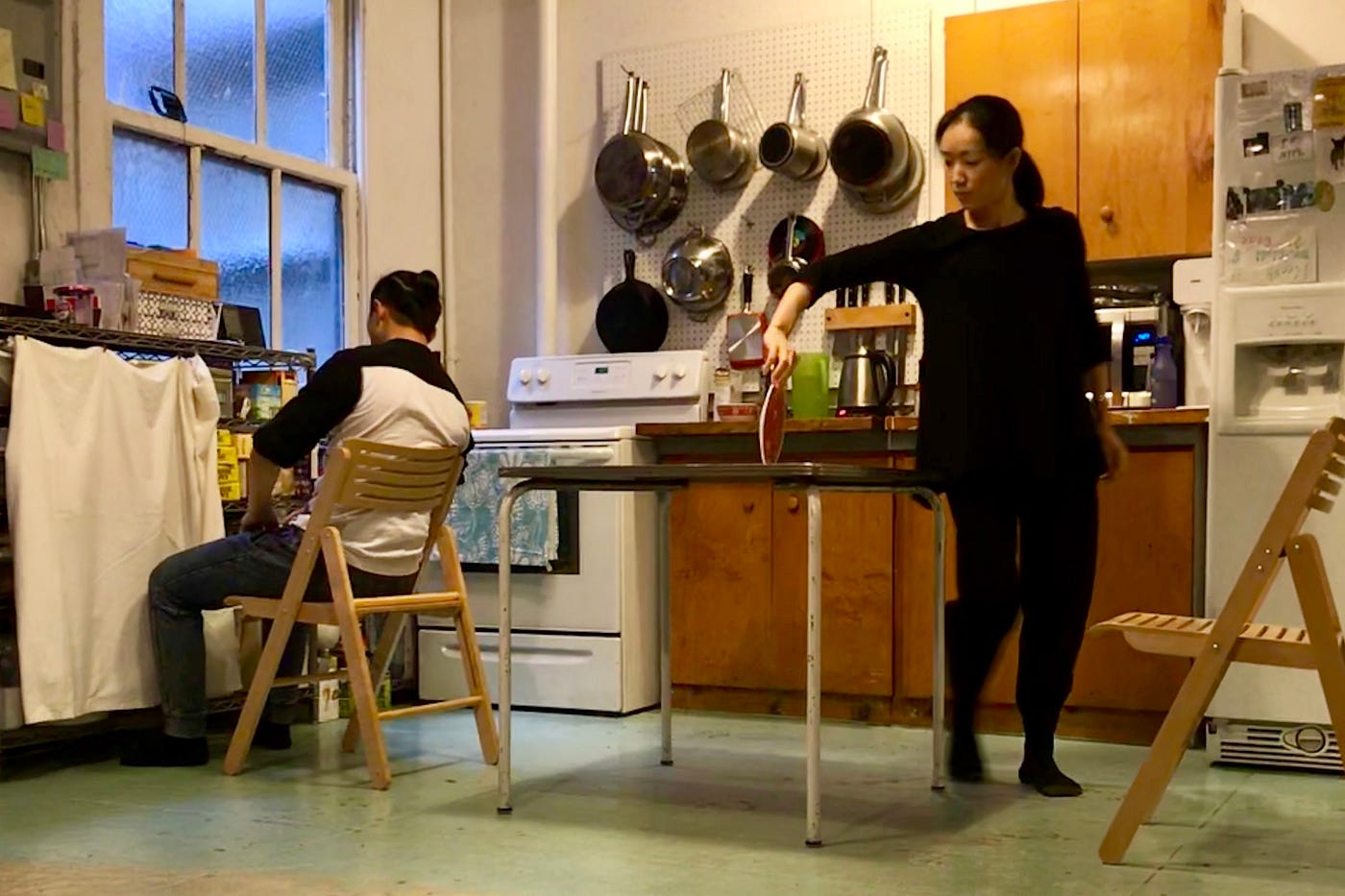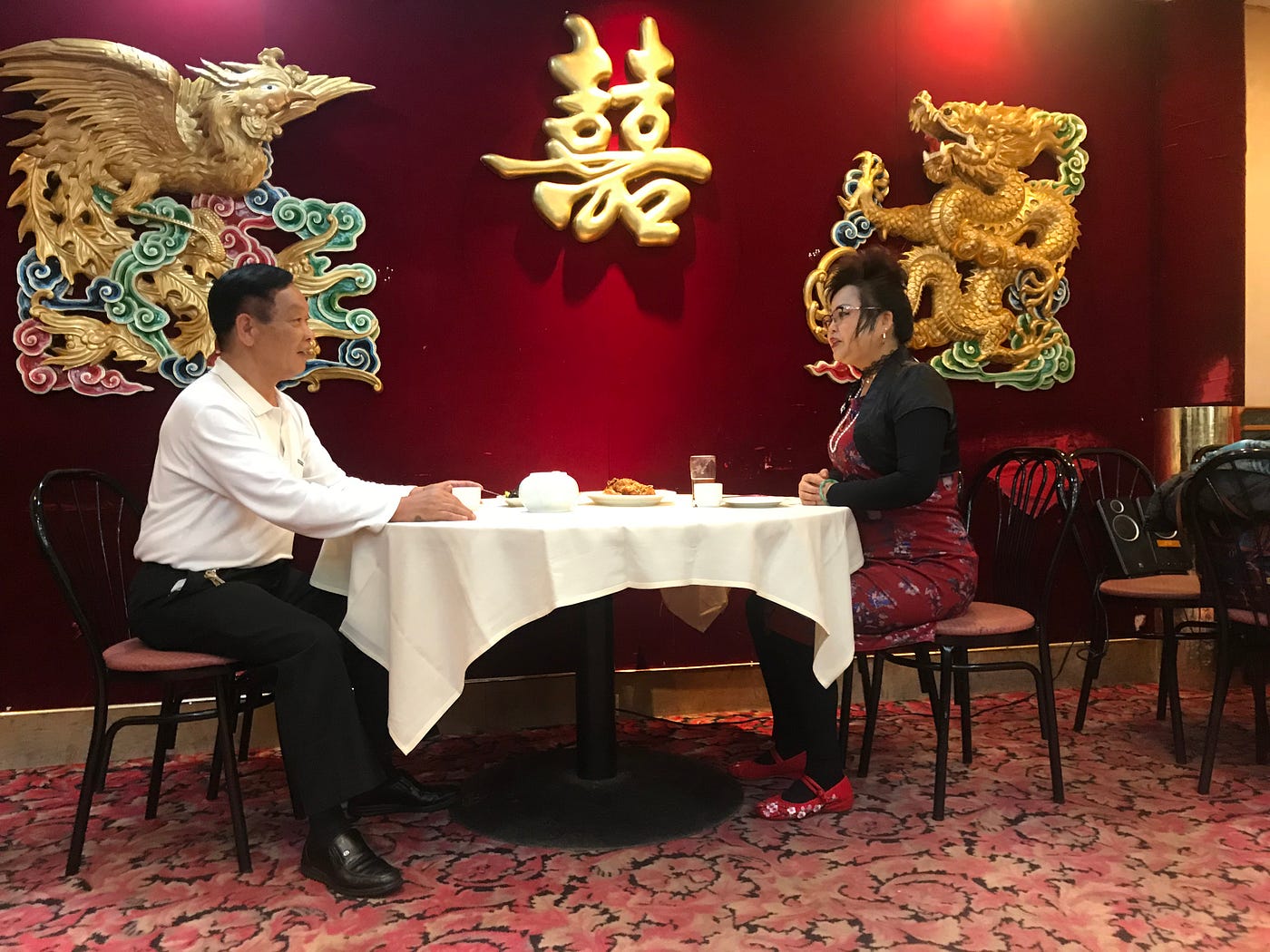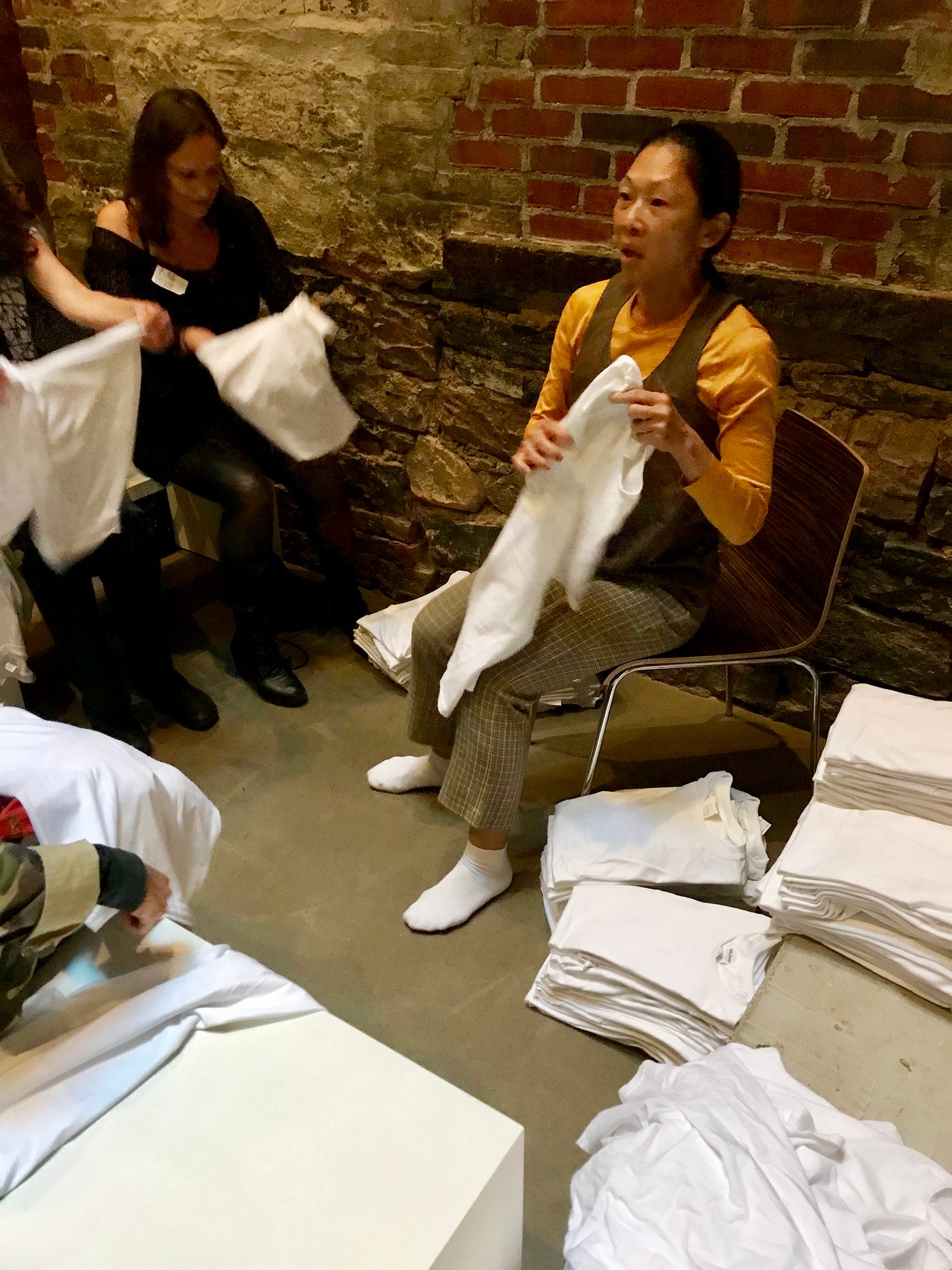Discovering the untold stories of Manhattan’s Chinatown

Igrew up in the time of landlines. My family kept a chunky telephone with a tightly-wound cord on the wall between the den and the dining room. This was the main telephone of the house and it was red and it was ugly. The phone had white touch-tone buttons that lit up green after you pressed them. You could usually find a stack of complimentary real estate agent memo pads and a fistful of ballpoint pens nearby. And a piece of paper taped to the plastic handset.
The piece of paper contained just one thing: a table with the time in California and the corresponding time “back home.” This was how the collective siblings — all of my aunts and uncles — kept in touch. It was always difficult to find a short window to call: such a delicate maneuver, slotting in between one person’s bedtime and another person’s breakfast. We would constantly be doing the time zone math, counting out fingers one at a time to see if Auntie and Uncle would be home from work by then, or if it was too late to call because it was already past the kids’ bedtime. Hence the chart.

So it’s my mother’s time zone chart that comes to my mind as I witness two characters in Sit, Eat and Chew 五味杂陈.
We’re in a private apartment in Manhattan’s Chinatown, watching a man and a woman dance forlornly with plasticware in someone else’s kitchen. They’re performing a tense, cyclical ritual, attempting to keep a single plastic plate continuously spinning on its edge. They alternate movements to keep the plate’s momentum going again and again. But the plate eventually tips over, clattering on the kitchen table as it comes to a halt.
All throughout this beautiful, sad duet, the man does not appear to acknowledge the woman’s presence much, nor does the woman acknowledge the man’s presence, until she picks up her cell phone and makes a call. Then his cell phone rings a few feet away.
And even though they’re seated at the same table, they have a phone conversation sitting side-by-side. They both relax, finally. They chat about the weather, getting over a cold, and how the old neighborhood is doing. She complains about the construction next door. They seem to be building a skyscraper. He laughs and wonders if he’s going to recognize the road home the next time he returns, whenever that is. He pauses. He wants to say more but there’s no time. He has to get going. As does she. Because it’s early morning for one of them, and late at night for the other. Because this planet we find ourselves on never stops rotating, no matter how hard you wish it would stop, just for one minute, when there’s an ocean separating you and your family. The march of time is unforgiving when you’re chasing the sun.
So they say their farewells, and hang up.
We exit the apartment and head towards the next stop on our tour of the hidden stories of Chinatown.
Get Kathryn Yu’s stories in your inbox
Join Medium for free to get updates from this writer.
SubscribeSubscribe
Sit, Eat and Chew 五味杂陈 is the brainchild of artist/choreographer Mei-Yin Ng of Mei-Be WHATever, a New York City-based dance ensemble. The “tour” consists of five loosely-connected site-specific pieces that take place in separate locations: a private apartment, a Chinese restaurant, a public park, a hair salon, and lastly, the Museum of the Chinese in America.

In a risky move, Ng places her performers (a mix of professionals and actual Chinatown residents) not only in public places but also in working businesses during normal operating hours (with the permission of the owners). Not only do the performers and audience and general public exist on the same plane in this work, but Ng’s world is so immersive that some scenes are conducted almost entirely in Mandarin or Cantonese, which falls flat at times.
A waiter stops by to drop off an entree and two bowls of white rice for our actors during a scene in a seafood restaurant, right before they burst into something akin to live karaoke followed by country line dance moves. Our group also surprises a customer in the middle of having his hair washed at the salon; he and his hairdresser sheepishly move out of the way of the performer. Another customer looks at all of us skeptically from her salon chair. And at the Museum of the Chinese in America, our group draws attention from regular museum-goers on their way to the restroom.
One scene cleverly uses a large group of women from the local senior center who perform a traditional Chinese dance outdoors. But it’s the kind of performance you might stumble upon anyway on a Saturday afternoon in Chinatown; Sit, Eat and Chew 五味杂陈 uses both professional and community dancers blurring the lines between audience, performer, and bystander even further than the typical immersive piece. And it’s not entirely clear if this group of older women would have been in Confucius Park anyway, dancing, just for themselves.

The work also ambitiously takes on some challenging subject matter around identity, mail-order brides, and the blue collar jobs that immigrants end up taking to make ends meet, digging into stories of the Asian and Asian-American experience which often aren’t visible to outsiders. (See also: KPOP.)
In one memorable scene, we are asked to help fold a large stack of plain white t-shirts by a sweatshop laborer who demonstrates proper Japanese t-shirt folding technique (as popularized by Marie Kondo). “See! It’s easy! There is so much work to do!” she tells our group. She quickly reminds us that we get paid by the piece and the factory is open 24 hours a day. I stop folding to pay attention to her monologue and she’s instantly chiding me, telling me to hurry up. Most of us in the audience can’t keep up with her. She jokes that her fellow workers call difficult-to-fold clothing “pork buns” (like the food item, there are too many creases) whereas the easier tasks are referred to as “soy sauce chicken” (due to a “lack of bones”). Sadly, her scene is over far too soon.
We only begin to open up such delicate subjects in each scene before we’re whisked away to the next one by our tour guide. It’s a lot to handle for a 90-minute performance where we never learn the characters’ names or get more than a brief glimpse at their stories. The risks of incorporating the general public into the characters’ world, employing both professional and amateur talent, and choosing to stage scenes in working businesses don’t always pay off. But even so, Sit, Eat and Chew 五味杂陈 stands out as a bold experiment in site-specific storytelling, offering a glimpse of places most people never get to see.
Sit, Eat and Chew 五味杂陈 continues through October 22. All performances begin and end at the Museum of the Chinese in America and include complimentary museum admission. Tickets are $10–25.
No Proscenium is a labor of love made possible by our generous backers like you: join them on Patreon today!
In addition to the No Proscenium web site, our podcast, and our newsletters, you can find NoPro on Twitter, Facebook, YouTube, Instagram, and in our online community Everything Immersive.















Discussion